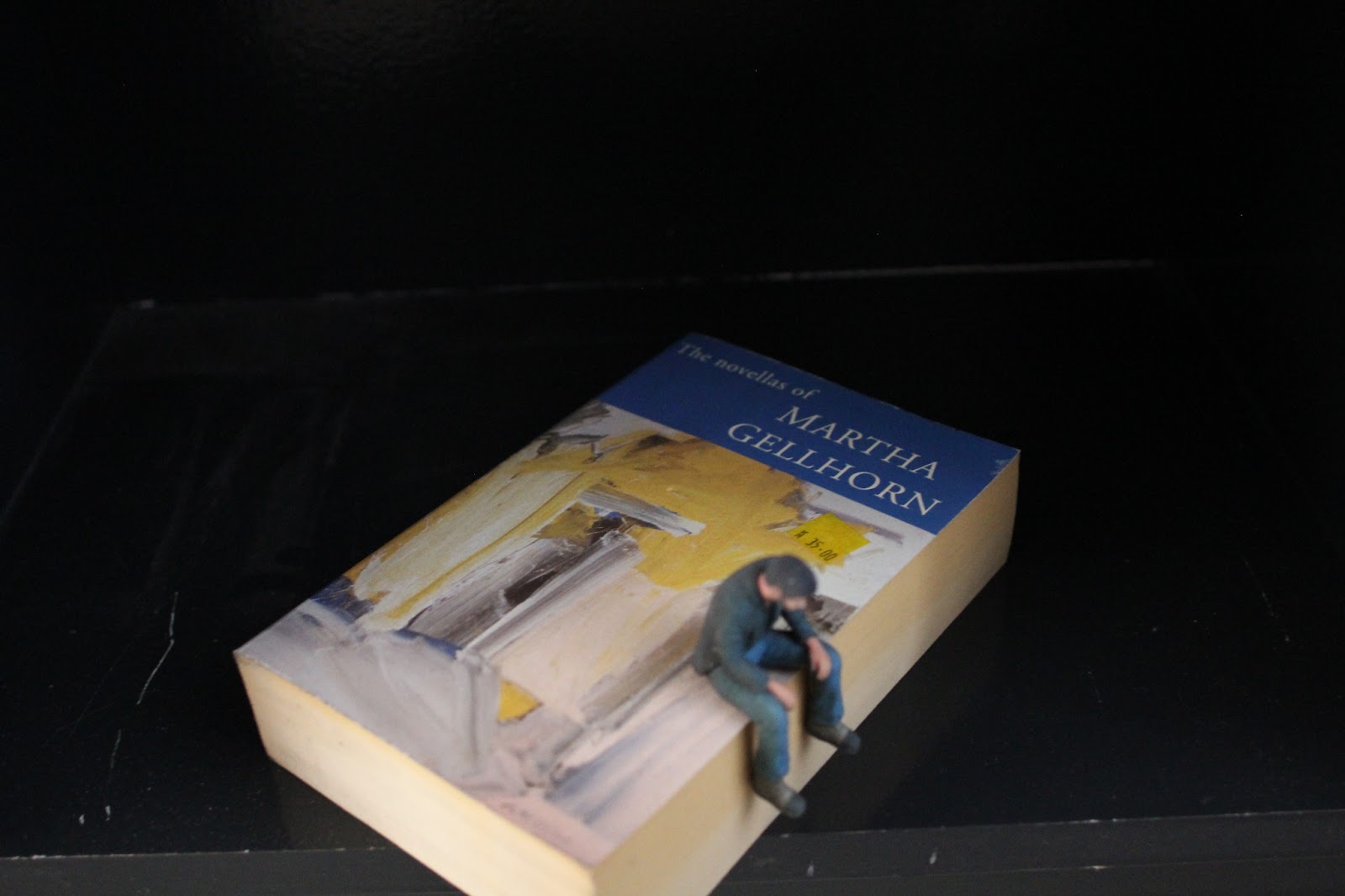1995 is over, and this is perhaps the essence of books-that-I-didn’t-read: It’s a short story collection; it’s an omnibus; it’s really long; I bought it on sale; it’s by an author I had grown disenchanted with.
I first read Martha Gellhorn’s The Face of War, and was completely blown away. Then I bought The View from the Ground, and I … wasn’t.
So when I happened upon this book in 1995, I bought it, but probably didn’t intend to read it.
It’s an omnibus of four collections published between 1936 and 1978. I hate omnibus collections. Books are usually the length they are because that’s the right length.
You pick up a book, read it, and then choose a different book to read. When you collect separate books into collections, it just feels wrong. I go out of my way to avoid these, and buy the separate editions instead.
Anyway.
The first book collected here, The Trouble I’ve Seen, was published in 1936. I think I remember (from her essay collections) that she was a reporter working somehow for the White House (or something) collecting reports on the poor. This book has four stories about very poor people indeed, so I’d say it’s likely that there’s some sort of connection. Based on true people? I don’t know, but the stories are shattering.
Totally shattering.
Every one of these tales are bursting with emotion. Reading these, I found myself thinking sometimes “Is she beeing too maudlin here? Is this too gauce?”, but I don’t really care. I love the insight into these people’s lives, and I love the passion Gellhorn writes about them with.
The second book, Two By Two (1958) is quite different. Each story is about a couple in love, and most of them take place during or after WWII. We have (Italian) princes and princesses, British gummint aspirants, and war correspondents. While interesting and well written (perhaps “better written” than the first book), the passion seems to be gone.
I have no idea whether anything much in this book is based on real life, but the last story has a character who used to be passionate about reforming the world, but then she toured all the German concentration camps during the liberation, and lost faith in humanity. It’s tempting to read something autobiographical into that (Gellhorn was a war correspondent and she did visit the concentration camps (I think)), but perhaps that’s a too trivial explanation.
By 1965 with Pretty Tales for Tired People, Gellhorn seems to have lost what remained of her enthusiasm. The three stories brim with ennui. I find myself wondering why she even bothered writing this book.
The stories have the unfortunate whiff of gossip. As if she had heard some deliciously scandalous tales about aquaintances, and felt compelled to make gossip into short stories. But hearing gossip about people you neither know nor care about is tedious.
The last book in this collection is from 1978: The Weather in Africa. Here the gossip is explicit — all the stories feature several scenes with people gossiping about the protagonists. But! Gellhorn has gotten her enthusiasm back. Perhaps it’s because these stories are set in Africa, but Gellhorn writes more intensively again. Not as harrowing as the first book, but with real tension and interest.
The final novella is particularly good.
As long as a book starts and ends well, the middle parts are forgiven and forgotten.
Rating: Novelicious
